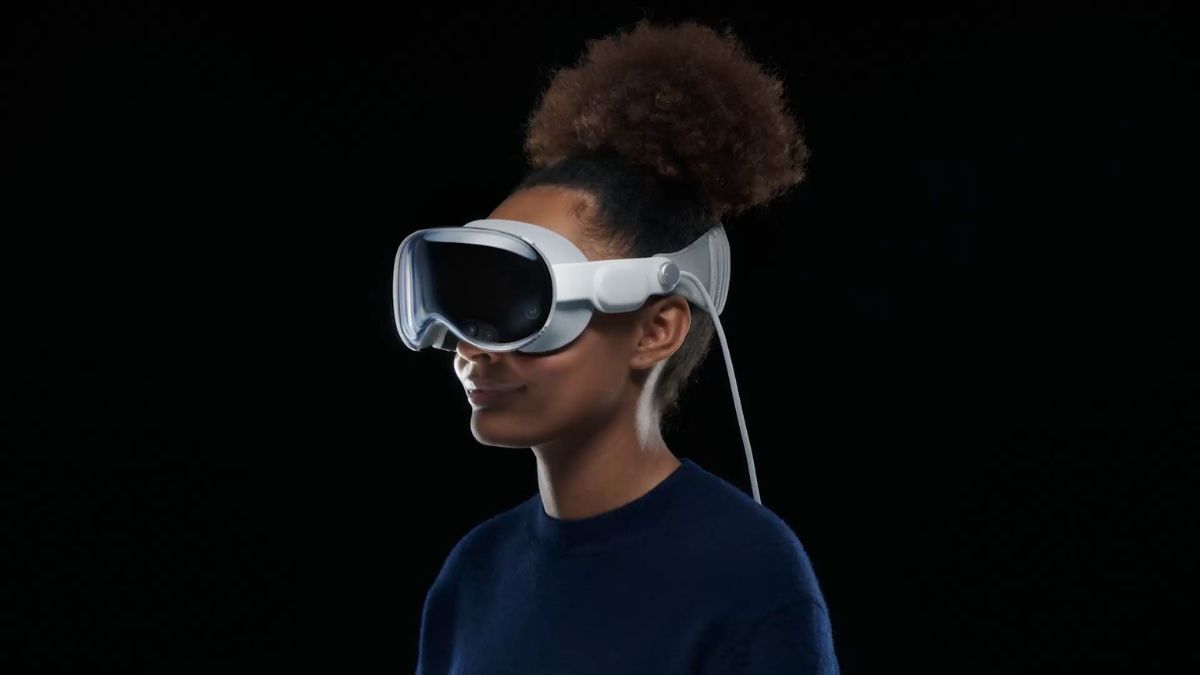 Image Credits-Apple
Image Credits-Apple
Advertisement
Apple’s highly anticipated Vision Pro headset has sparked privacy concerns after reports surfaced that its advanced eye-tracking technology may expose what users type. The Vision Pro, which boasts state-of-the-art augmented reality features and hands-free control, uses eye-tracking to navigate menus and applications. However, experts warn that the system’s ability to monitor and record precise eye movements could inadvertently reveal sensitive information, such as passwords or personal messages.
The Vision Pro’s eye-tracking technology allows users to select on-screen items simply by looking at them, creating a seamless interface experience. While this innovation has been hailed as a leap forward for augmented reality, privacy advocates are raising red flags. According to recent analyses, the detailed data collected from users’ eye movements could be exploited by malicious software to determine the exact characters being typed on a virtual keyboard.
“Apple has always been a leader in innovation, but with that comes the responsibility to ensure user privacy,” said cybersecurity expert Dr. Amanda Lewis. “This type of data collection could be a goldmine for hackers if it falls into the wrong hands.”
Apple has responded to these concerns by emphasizing its commitment to privacy. The company stated that Vision Pro’s eye-tracking data is processed on-device and is not shared with third parties. However, security experts suggest that even with Apple’s safeguards, the potential for breaches remains, particularly if the device is compromised by malicious actors.
As Apple prepares to launch the Vision Pro in 2024, the company faces mounting pressure to address these privacy concerns. For consumers, the balance between cutting-edge technology and personal security has never been more critical, especially in a world increasingly reliant on digital interfaces for everyday tasks.
